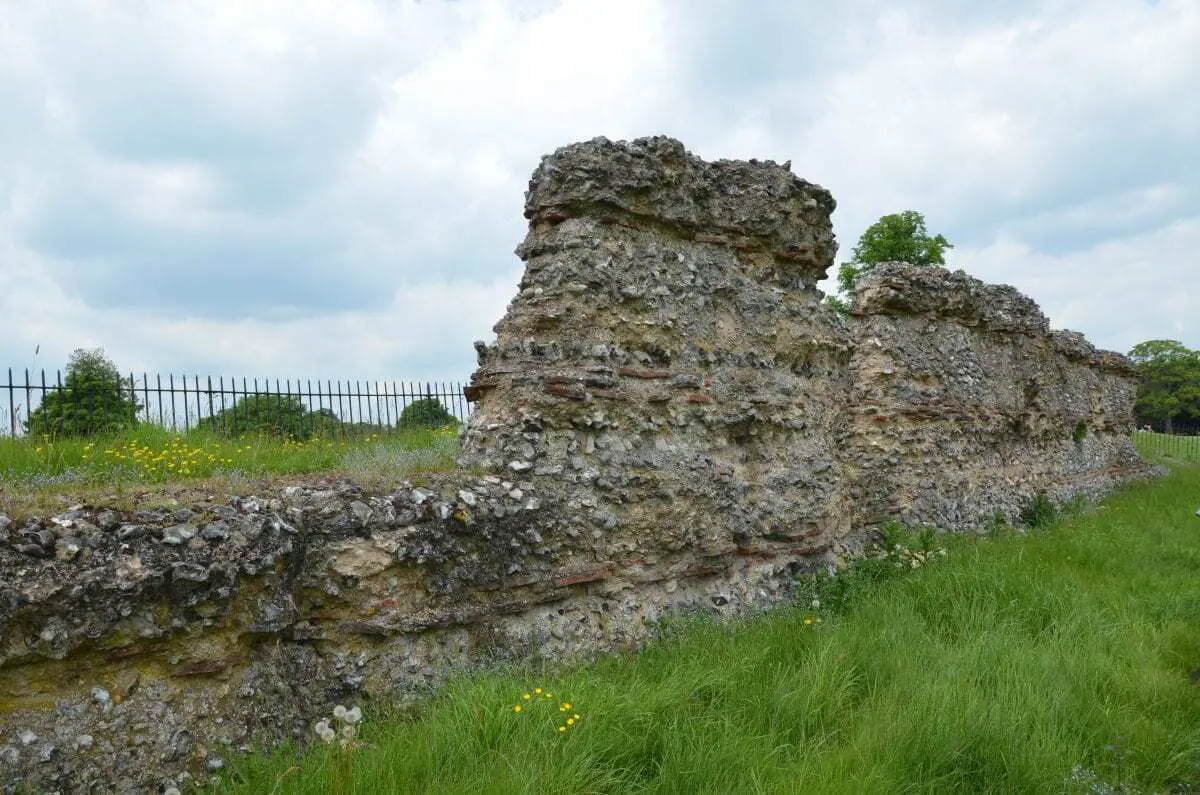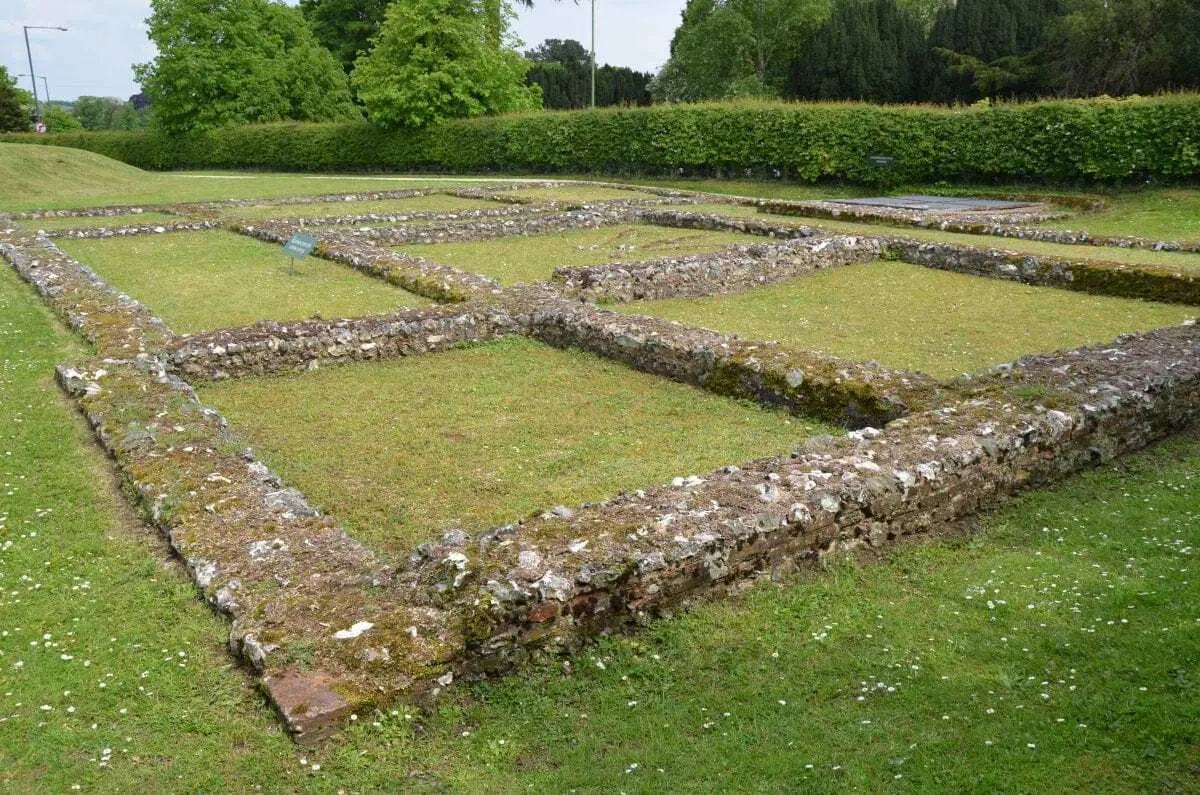Verulamium was a Roman town in what is now the City of St Albans in Hertfordshire, England.
The area was the tribal centre of the Catuvellauni, whose territory covered the region north of modern London and was bordered to the north by the Iceni and Corieltauvi, to the east by the Trinovantes, to the west by the Dobunni and Atrebates, and to the south by the Regnenses and Cantiaci.
The pre-Roman settlement is believed to have been founded by Tasciovanus, King of the Catuvellauni, and was called Verlamion or Uerulāmion in Brittonic. Based on archaeological evidence, the site may have become a trading and administrative centre, reaching the status of an oppidum (a large fortified Iron Age settlement) and was possibly even the Catuvellauni capital.
Shortly after the Romans invaded in AD 43, they established contact with several tribes across southeast England. Although there is some reference for resistance at first, the Catuvellauni chose to co-operate with the Romans establishing trading relations.

By AD 50, Verulamium was awarded “municipium” status and could self-govern with “Latin Rights”, a lesser citizenship status within the Roman Empire, and with less autonomy than a “colonia”.
Verulamium benefited from strong trade routes, being situated on Watling Street, a major Roman highway connecting the town to most major Roman settlements and cities at the time.
In AD 60-61, an uprising orchestrated by Queen Boudica of the Iceni led a tribal coalition that included the bordering Tinovantes, and destroyed Londinium (London), Camulodunum (Colchester) and Verulamium.

Despite the level of destruction, Verulamium quickly recovered, evident by texts written by Marcus Rennius Venustus in AD 62 where he describes trading with the town.
“I Marcus Rennius Venustus, have contracted with Gaius Valerius Proculus that he bring from Verulamium by the Ides of November, 20 loads of provisions at a transport charge of one-quarter of a denarius for each.”
By AD 140, the town had doubled in size, covering 100 acres and boasted a forum, basilica, public baths, temples, and a theatre. Verulamium was encircled with a large stone wall, gatehouses, and defensive ditches. There is no archaeological evidence that the town had a garrison, or Roman fort, most likely the situation was secure enough to not require a permanent military presence.

Occupation continued well into the post-Roman period but had probably ceased by the mid-6th century. St Albans Abbey (now St Albans Cathedral) and the associated Anglo-Saxon settlement were founded on a hill outside the Roman city. Verulamium was quarried for building material, especially in the Norman period where remains of the Roman brick and stone are visible in the Cathedrals walls today.
Header Image Credit : Carole Raddato







